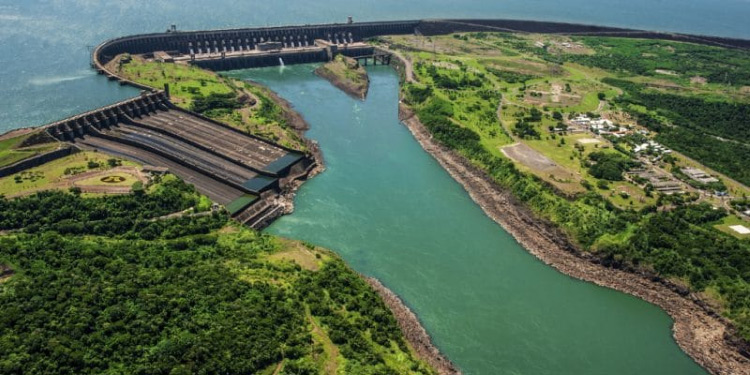Imagine a proud Zambezi River, flowing patiently for centuries through Mozambique's heart. Soon, its current will power a revolution. Thanks to a new $6.4 billion World Bank-backed initiative, Mozambique is set to build the Mphanda Nkuwa hydropower plant, Southern Africa’s largest in half a century, and a catalytic leap toward energy transformation for millions.
 Image: Abdas
Image: Abdas
Why This Project Matters
- 1,500 MW of green energy is expected to come online by 2031.
- It’s part of the Mission 300 vision, bringing electricity to 300 million people across sub-Saharan Africa by 2030.
- Mozambique will not just power Maputo; it will export electricity to Zambia, Malawi, and Zimbabwe, becoming a regional power hub.
World Bank: More Than Just Money
The World Bank Group is stepping in with an array of tools:
- $5 billion for the dam itself
- $1.4 billion for 1,300 km of transmission lines
- A mix of loans, guarantees, equity-backed investments, and risk insurance
This backing is a signal that global financiers view Mozambique’s energy vision as both viable and vital.
A Consortium of Champions
Powering the project is a heavyweight team: France’s EDF, TotalEnergies, and Japan's Sumitomo, alongside Mozambique’s Hidroeléctrica de Cahora Bassa . This cross-border partnership blends international expertise and local ownership—building the foundations for sustainability.
Energy for Growth, Stability & Integration
- Mozambique’s electrification rate has doubled since 2018, reaching ~64% of its 52 million population.
- New power will fuel industries like graphite and beryllium processing and create $240 million in export revenues by 2024
- Exporting power supports AfCFTA's vision, weaving Mozambique into a thriving intra-African trade network.
What This Means for Africa
- Demonstrates Africa’s ability to lead bold energy infrastructure projects without waiting on others' timelines.
- Invites public-private partnerships, aligning governments, businesses, and financiers in shared missions.
- Positions Mozambique as a pillar of continental energy security—unlocking sustainable power exports.
- Models best practice in balancing progress with social and environmental care.
Looking Ahead
- Construction started in 2024, with completion expected by 2031.
- An accompanying 550 kV HVDC line across the south links Maputo, Zambia, Malawi, Zimbabwe, and beyond.
- Post-2031, Mozambique aims to boost GDP, power businesses, and lift living standards, creating ripple effects far beyond the dam.
The Mphanda Nkuwa dam isn’t just concrete across the Zambezi. It’s a current of possibility for Mozambique, for Southern Africa, and for the continent’s renewable future. It underlines a new African story: we can power ourselves, together.
As the first turbines spin, what flows next may be the spark for Africa’s clean energy era.